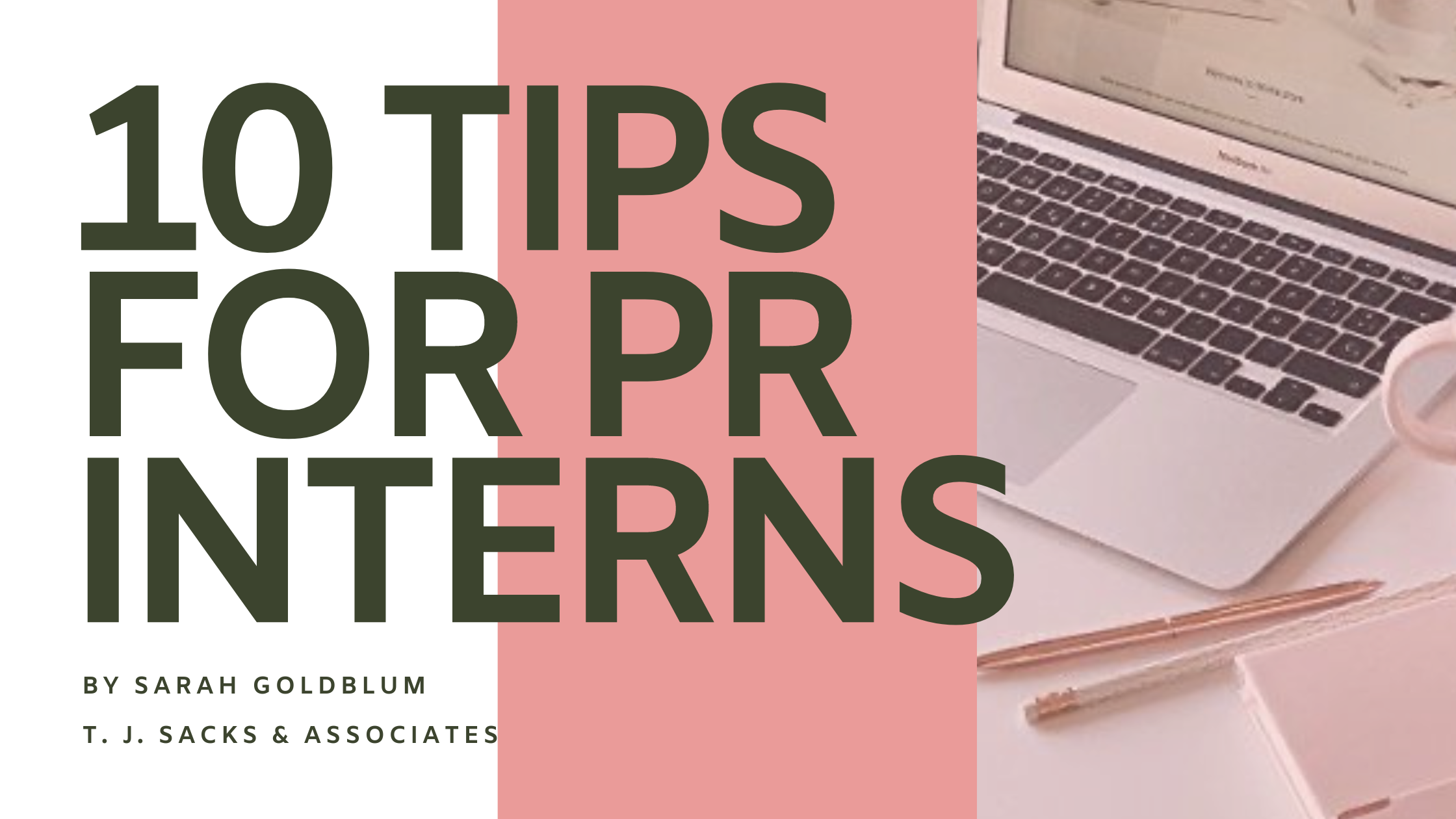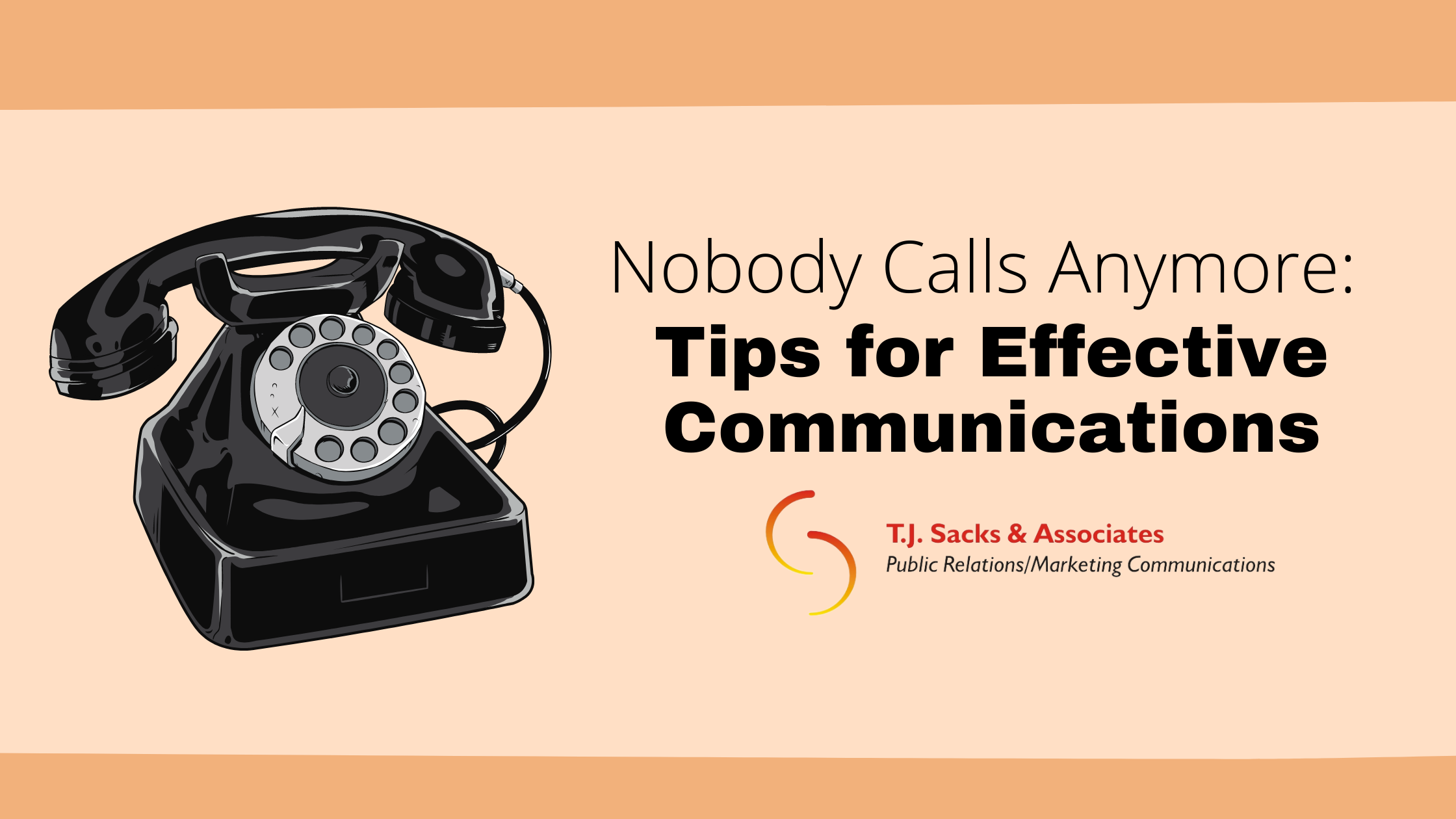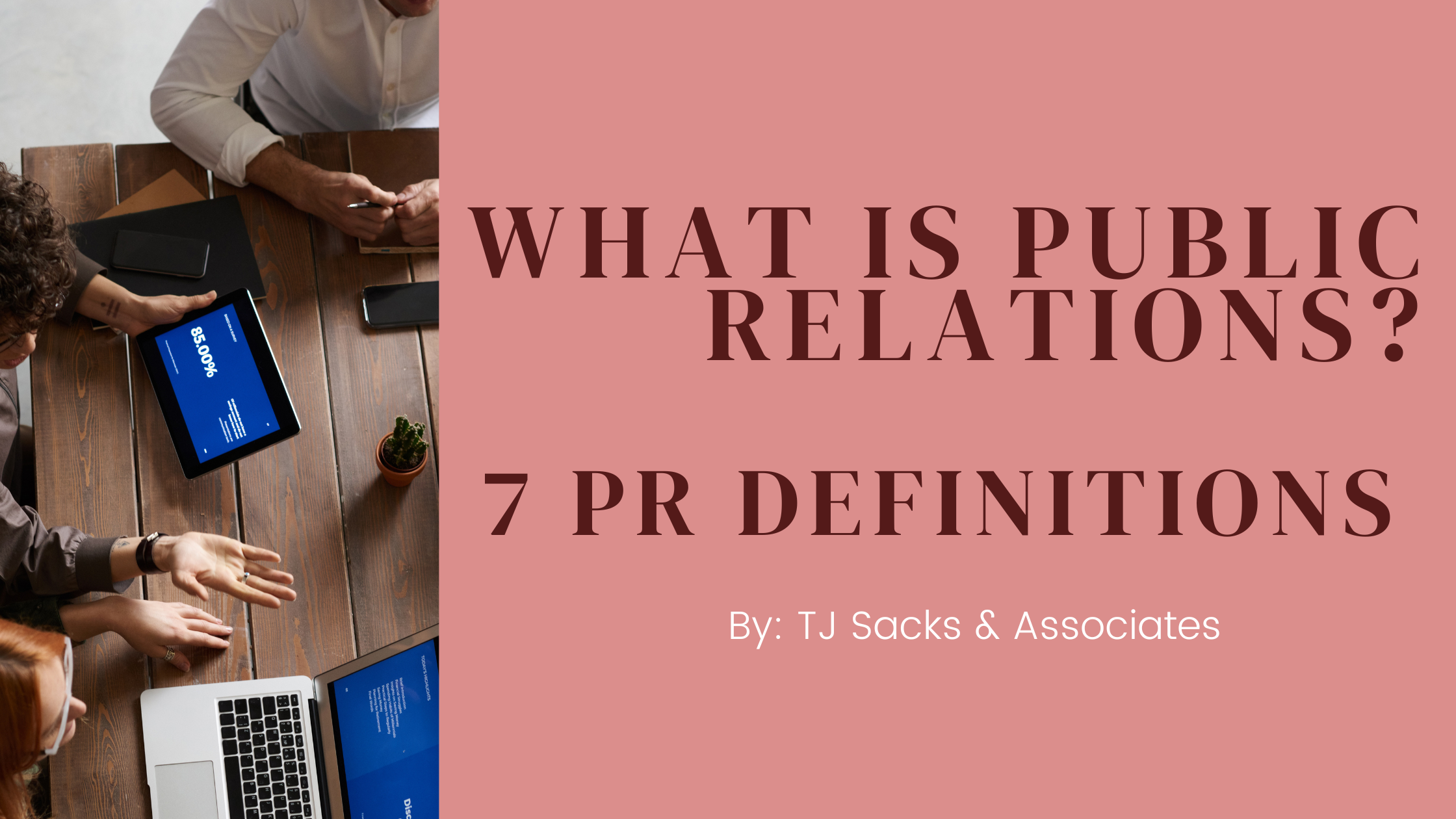
OK, cure so you’ve gotten the call—you’re one of the agencies chosen to present your recommended public relations program to the perspective client. You’re passed the written portion of the “test” and now you’re on to the in-person review.
Preparing for the presentation is probably the most important part of the “test.” Remember: It’s the presenter, not the presentation. So everything is riding on how the presentation goes. So, with this in mind, here are five tips on how to prepare for this vital experience.
1. Know the client. Yes, you are going there to present your recommendations, but you are also going there to make an impression. How knowledgeable are you of the client’s company, brands, history, etc.? How knowledgeable are you of any issues affecting the client? Their website if where you start but they are also looking to see what kind of research and industry investigation you did. What can you bring to the table?
2. Know your audience. Are you presenting to the CEO, president, product managers, public relations people? If they are bringing their “big guns,” then you have to do the same. Make sure you know who the participants will be ahead of the presentation. You don’t want to embarrass yourself by not bringing your “A” team if the CEO is present.
3. Case the space. Try to get entry into the presentation space ahead of time. Set up the projector and screen, arrange the collateral materials, select agency and client seating, check the lighting and air, make sure you have bottles of water on hand and remove anything from the conference table that may be distracting.
4. Think on your feet. I always tell my staff that there’s no such thing as a wrong answer—there’s only the non-answer. I encourage them to attempt a response and if it’s incorrect it’s my job is to jump in with the proper response seamlessly. So, if my colleague attempt the response, I may jump in with, “Well, in some cases that may be effective, but in this particular instance perhaps this would work better…..” Presenting as a team can prove extremely effective in this instance.
5. It isn’t over till it’s over. Follow-up is key in eliciting important feedback and determining where the decision-making process stands. If there are fence-sitters, they can sometimes be swayed through after-the-fact communications.


